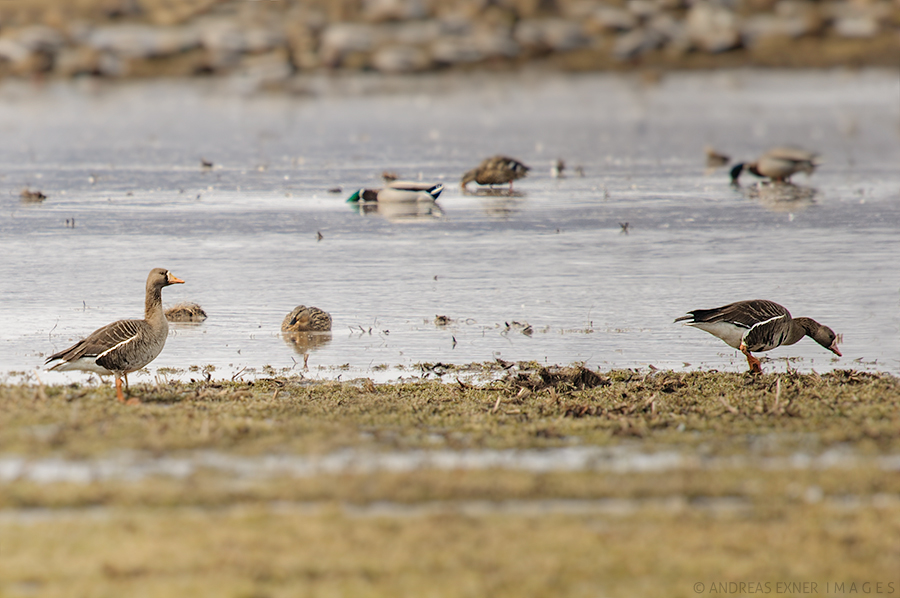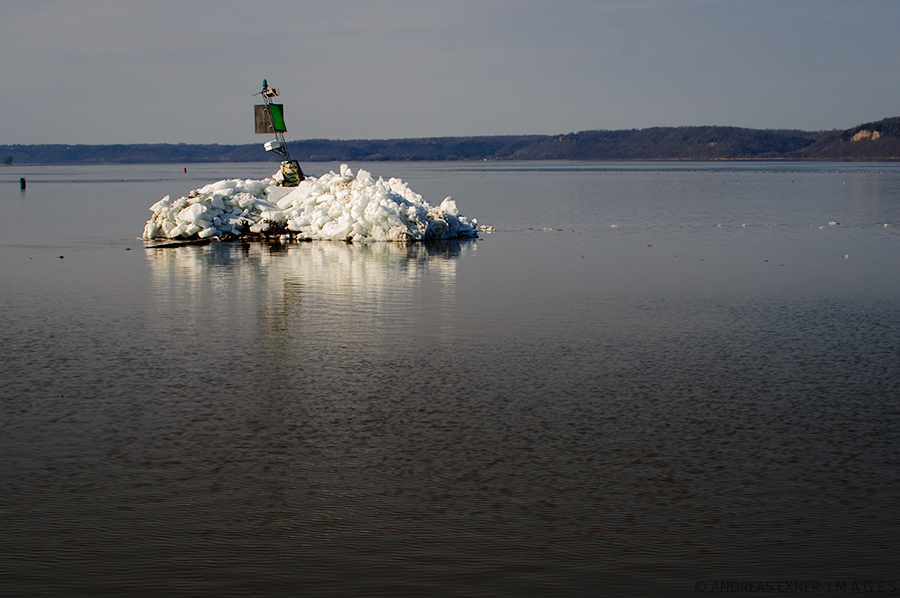
I have been at the Mississippi River almost every evening this week. Bird migration is in full swing and the interested bird watcher has a good chance to see many birds that are only here for a very brief stop. The distance is quite often too big for a good quality image and many shots were made only for my own documentary and records.

This shot of the Greater White-fronted Geese is from last Saturday. It was made in the Green Island Wetlands and is heavily cropped. I was back there on Monday and they had moved on already on their journey to Greenland or Northern Canada. Instead I had my first sighting of four Snow Geese but they were even further away and no picture will be published this time.

The Northern Shovelers are really good looking ducks and a few stay even here during the summer. Beside them I saw Buffleheads, Canvasbacks, Lesser Scaups, Blue-winged Teals, Green-winged Teals, Common Mergansers, Hooded Mergansers, Wood Ducks, and the first pair of Killdeer.

Good places for bird watching are the John Deere March at the Mississippi River behind the big Deere factory here in Dubuque as well as Mud Lake Park, just north of it. The main channel of the river is free of ice, only the remains of some ice floes on this little island tell still the story about winter. There is still ice in the shallower backwaters but this may change during the next few days.
I will be in different parts of the country for the next seven days but I'm glad I had the chance to see the birds going north. I wish all friends of my blog a wonderful Easter weekend. Go out and make some clicks and let me know what you find!! :-)




















